East Gipplsand is the traditional country of the Gunaikurnai nation. More specifically, the area around Orbost and the Snowy River is the traditional country of the Krowathunkooloong people. If you live in or visit the area, you might like to explore the Bataluk Cultural Trail and visit the keeping place in Bairnsdale.
1.
Middle left: "The Canoe Tree" at Howitt Park, Bairnsdale. Aboriginal people removed a 4m long section of bark to make a canoe, creating this scar.
Middle right: We stayed at my aunt and uncle's place on the Mornington Peninsula, meeting up with lots of folk from my dad's large family for my cousin's baby's naming day. This is my aunt and uncle's backyard, with my cousin's tent in the background.
Bottom: The old shearing and milking shed on the river flats at the bottom of my parents' place. There used to be more fences here, when they had sheep to shear, cows to milk and a vegetable patch to protect. There was no electricity - Dad did the milking and shearing the old fashioned way, by hand.
Middle left: A pied currawong. Currawongs are handsome birds with large beaks and fierce, curious, bright yellow eyes. The name is onomatopoeic, it sounds a bit like their usual warbling call (they can also imitate some other birds).
Middle right: View across the Orbost river flats with the Princes Highway on the right and the old wooden railway bridge on the left. We visited a fantastic exhibition in Orbost, all about the history of the railway (the last trains came to Orbost in the late 1980s) and we signed a petition to have this bridge looked after. The line from Orbost to Bairnsdale is now a rail trail, which (obviously) does not use the dangerous bridges.
Bottom: A tiny white jelly fungus spotted in the rainforest. There are thought to be over 250,000 species of fungi in Australia, though only 13,000 of them have been recorded.
2.
Down on the peninsula and through South Gippsland, I crane my neck to look up the elegant, smooth-skinned trunks of spotted gums, their pale, almost pastel pink skin covered in large splotches of smooth grey or creamy bark. Driving through the La Trobe Valley and into the plains around Sale and Bairnsdale, the dominant colours change to burnt orange and brown. We find river gums here, the broad, solid trunks covered in bark at the base, but sloughing it off in great, hanging ribbons at the top, where smooth boughs emerge a rich, tannin-y cream. The wavy Mallee branches have disappeared. After Lakes Entrance we pass through forests of stringybark, stringybark and stringybark, grey and rough coated, straight and slender, here blackened by the bushfires of a few years ago, with young, leafy branches springing from the burnt trunks.
At Orbost, we leave the highway to head out over the river flats, where blue-grey stands of coastal grey box dot the paddocks. Up the Snowy River, the rocky hills are striped with stringybark and ironbark while the lush valleys host tall mountain grey gums. On the way back to Melbourne a week later, we pass through the Dandenongs and acres of towering mountain ash, Eucalyptus regnans, one of the tallest trees in the world.
There are dozens of other species, too - eucalypts, acacias, banksias, others. The whole time, I ask my sister, the horticulturalist and gardener, “What’s that tree? What’s that tree?” She gives answers that satisfy me, but she also reminds me that there are hundreds of eucalypt species in Australia and only a specialist could keep up with my demands. When we reach my parents’ place, I ask them the same question, hoping that almost four decades in the area will have given them time to identify the local trees. They pull a few useful books off their crowded shelves - Forest Trees of Australia (1979 edition), Native Trees and Shrubs of South Eastern Australia (1984 edition) - editions new enough to have some full colour photos, though most are still black and white. I wonder what’s changed in the world of tree classification since their publication. I start Googling tree names, but Wikipedia has scant knowledge on some species and I’m not sure it’s any more accurate or up-to-date.
This sparse information makes me wonder if there's a big difference between my two countries. In the UK (at least, where I live), people go on bluebell walks and badger spotting evenings, they discuss what happened on Springwatch (or Autumnwatch, or Winterwatch), go on foraging and wild food cookery courses, happily spend an hour and a half watching a film about a year in the life of an oak tree, take part in outdoors campaigns (like #30DaysWild), get involved in citizen science (like the Big Garden Birdwatch) and read enough books about outdoorsy, naturey things that bookshops often have a “nature writing” section. There is a whole, loosely defined genre of media dedicated to nature. If I want to find out what bird I’ve just seen in the UK, there’s a pretty good chance the RSPB will have it on their online bird identifier. For butterflies there’s a Butterfly Conservation charity, for bats there's the Bat Conservation Trust, for bumblebees there's the Bumblebee Conservation Trust. There are countless pocket guides and wallcharts of wildflowers, birds, trees, insects, fungi and forage-able food.
Compared to that, mainstream Australian culture seems to lack curiosity: there's very little desire to explore or connect with everyday nature. (This week, it feels like the petition to save a Lemon-scented gum on Flemington Road in Melbourne has not taken off as quickly as it would have done in the UK.) I wonder what that’s about. Is it fear? Do people worry about being called greenies? (Remember those car stickers, "Fertilise the bush, doze in a greenie" and "The only true wilderness is between a greenie's ears"? Remember how some shops in Orbost refused to serve anyone who looked like they were on the way to or from protest camps to save old growth forests?) Or is it anxiety about the bush itself, a relic of the colonists’ adversarial relationship with Australian landscapes, flora and fauna (lost in the hills, bitten by a snake, starving to death)? Is it a deeper cultural uneasiness, an unsteady repercussion of the new settlers' campaign to wipe out any intimate, long-term, traditional knowledge of Australian ecosystems along with the Aboriginal people who carried that knowledge? Is it simply that we’re taught that Australia is so big and there is so much bushland, so much desert, so much coast that we take it for granted? Are we just blasé?
Perhaps in the UK we can - and must - focus so intently because there is so little to focus on. Messing around on the Woodland Trust’s website a few days after returning to England, I read that there are two species of oak native to the UK, three species of native conifer and several species of native willow (which can hybridise, making identification tricky). The list of UK native trees, including photos, fits on a webpage that I can scroll through in a few seconds. I flick back through my photos from Australia, looking at all the trees I couldn’t identify there. Sure, most of them are eucalypts or acacias, but with several hundred species of the former and almost a thousand of the latter, the task of identifying them seems impossible. After looking at those tree books at my parents’ house I know even less about Australian flora than I did before.
Still, a eucalypt is a eucalypt is a Eucalyptus (or a Corymbia, or an Angophora, or...). The leaves always give off that shock-sharp scent when you crush them between your fingers or add one to a billy of tea. On our first full day at my parents’ place, the summer fire restrictions end. Dad and my sister light a big bonfire, hosing down the nearby tree trunks to keep it under control, raking dry branches into the flames. Up at the house, Mum starts to boil the kettle for tea, but I suggest we take a billy down to the fire instead. We dig around in the cupboards for a suitably billy-ish vessel, spoon tea leaves into a jar, grab some milk and some cups and head out for an afternoon adventure. The billy takes time to heat up, wedged among the coals, collecting a bit of ash and developing a fine, smoky flavour. The tea leaves go in when the water starts bubbling and, without being polite enough to check with the others, I throw a gum leaf in as well. The thing about billy tea is it has to be a bit dirty, a bit over-brewed, a bit tanniny, or it’s just not right. This tea? Is amazing.
We sit around on old planks and stumps of wood, staring at the fire as it dies down, chatting about this and that. I show Dad how to make a drink can stove, probably the first time I’ve ever been able to teach him anything remotely Boy Scout-ish. My sister disappears up to the house with Mum and they return carrying foil-wrapped potatoes, a pot full of rode kool (red cabbage, a nod to our Dutch heritage) and - best of all - piles of buttered bread, slices of cheese, tins of baked beans and a jaffle iron. The potatoes go in the ashes to cook slowly, the rode kool nestles at the edge of the fire. The five of us construct jaffles and jam the iron under the red hot coals, leaving it in a bit longer, and a bit longer still, to get that extra crunch on the bread. I bite into mine when I know full well it will be too hot, burning my fingers and tongue with impatience. After stuffing ourselves with food, we make another billy of tea, this time with Earl Grey teabags and two box leaves, which is perhaps not the best combination. By the time we finish our cups, it’s dark. We head home, full, tired, happy and infused with the smell of eucalyptus smoke. As Dad winds the hose back up to the garage, the rain begins.
It's hard to write about the trip as a holiday. So many of the places we visited were already worn into my senses. I know that one morning, I stood outside in the soft early light, listening to bird calls echo through the trees. I know I heard magpies, currawongs, whip birds or lyrebirds imitating whipbirds, then, later, kookaburras, wattlebirds, cockies. I know it wasn't a huge hubbub; "They're not as noisy when it's cloudy," said Mum. I know my sister stood beside me at the fence near our old cubby house and watched the sky turn from orange to a pale, in-between beige on the way to daylight. I know this. Yet when I try to find something more specific about that morning, I can only recall a blended memory of all the mornings I've spent on that hillside, listening to those birds waking up, watching that dawn creep up the eastern sky.
But now the ti-trees have grown, the acacias have shot up beside the creek and a few eucalyptus saplings have taken root, inviting me to imagine a future in which tall, graceful gums line the river once again. This all passes through my head as I strip down to my undies and pick my way down to the water’s edge. It's no longer a mudslide, but a well-grassed descent. The biggest change is in the river itself. There is barely any slime or mud, and no choking weeds: just clean, coarse river sand, fast-flowing water and a tribe of skaters skimming close to the bank. I wade across to a sandbank midstream, leaning against the current and sloshing up and down the ridges and valleys that have formed beneath the water. It’s chilly, but not too cold. There are several places where the loose-packed sand gives out under my feet and I sink a few inches, but the river never gets as deep as my waist.
On the opposite side, fresh deer tracks lead down to the water and back up into the bush; a single imprint of webbed bird feet is stamped in the sand; some large hoofed animal has walked around here, too, although the tracks are old and indistinct. I add my own footprints in a swerving, curving line back to the river. My legs are well accustomed to the temperature now, but when I try to duck dive under the water, I’m overpowered by a strong preservation instinct and find myself unable to move. I need to acclimatise a little more, so I splash my arms and shoulders with water, then my face and hair and lastly - most shudderingly - my neck and back. The coldness of my damp singlet in the light breeze is worse than being underwater, so I take a deep breath and fall face first into the river. Ahh! I leap straight back up, wave to Dan on the bank, then crouch down, letting the water rise up to my waist, chest, armpits and over my shoulders. The river flows around me, shallow but strong. I float on my back and let the current drift me along, turning me so my feet point upstream. I wonder how long it would take to float to the sea.
It’s time to go. Wading back to the bank, where Dan waits with a towel, I stop to watch the sand on the river bed. Flecks of mica, fool's gold, flash in the light, tumbling down the underwater dunes, swirling around the deeper pools, constantly moving. The river is always in flux, always remaking itself.
3.
Middle left: Under the bridge. When I was a kid, our drive crossed two bridges on its way to our house. The bridges were wood, planks of timber laid across two huge tree trunks. They rumbled and juddered under the car as you drove across, they were very slippery after rain and the gaps between the planks made walking a bit hazardous, too. They were picturesque, but slightly terrifying (especially the longer, higher one, which we imaginatively called "The Big Bridge"). Eventually, my parents had the bridges replaced with these culverts. They are big enough to walk through, as we did on our adventure down the creek to the river.
Middle right: Billy tea, brewed and stewed, stirred with a stick, flavoured with a gum leaf.
Bottom: I set off to explore the mysterious Other Side Of The River (for about two minutes). Although I lived here for the first eighteen years of my life, I don't remember ever bothering to swim or wade all the way over the Snowy - only ever to the sandbank in the middle. UK summers have hardened me up enough that an overcast autumn day in East Gippsland is plenty warm enough for a swim! The next day I even convinced Mum to come along with me.
Middle left: We saw many of the wild animals I'm used to finding around my parents' house - a lyrebird, wallabies, and this wombat. Unfortunately, the little beastie has mange - a horrible condition.
Middle right: Swans on the Yeerung River, near Cape Conran. I have missed seeing black swans, with their ruffled wings, hidden patches of white feathers and bright red bills. They have quite a nice call, too. Also at the Yeerung, a sea eagle flew low overhead. That was very special.
Bottom: The Yeerung spends a lot of time cut off from the ocean by the sand. This means the sun has time to heat the water up, making it a lovely place to swim. When we visited, a shallow strip was open between the river and the sea. You can see where the tanniny, iron-rich water of the Yeerung meets the clear, blue-green water of Bass Strait. This is also a popular place for kayaking - we arrived just as a group was departing to paddle back up to the put-in place.
Year of Sleeping Variously: tent in the garden edition
- Bed (3/5) - An extra blanket under our Thermarests made it a bit more comfortable than usual, I suppose. The sleeping bags I haven't used since I left home were quite toasty.
- Room (2/5) - Not bad for a cheap tent from Kmart (courtesy of my sister), but it lacked pockets and a vent or window.
- View (4/5) - Beautiful garden, bush in the background, stars in the sky, sunrise in the morning . . .
- Facilities (4/5) - I'd give full marks, but the internet connection is dire out there!
- Location (4/5) - Both the middle of the nowhere and right next to a well-appointed house for all our needs.
- People (5/5) - Could I really give my family any other score? ;)
- Food (4/5) - Food. So much food, including lots of veggies from my parents' garden. The cups of tea brought out to us at 7am were warming and delicious.
- Value (5/5) - It was free. We didn't even buy the tent! (On the other hand, if you count the plane tickets to Australia, it was the most expensive campsite I've ever visited.)
- Uniqueness (4/5) - I suppose it's still "just" a tent in a garden . . .
- That indefinable something (4/5) - The stars on a clear night are absolutely stunning. The mysterious sounds of the bush made us all feel very adventurous. My sister being in the next door tent was fun. The huntsman spider on the outside of our tent when we headed to bed was a nice touch.
Garden camping verdict: 78%
Previously: budget hotel edition, canalside cabin edition.
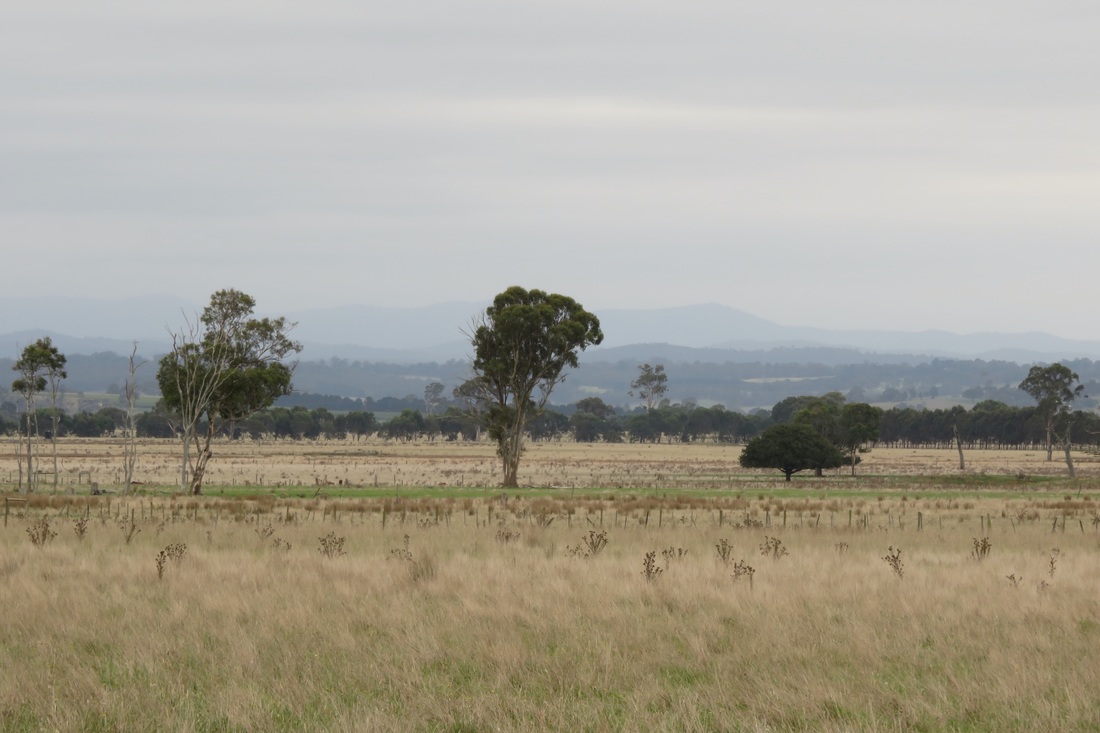
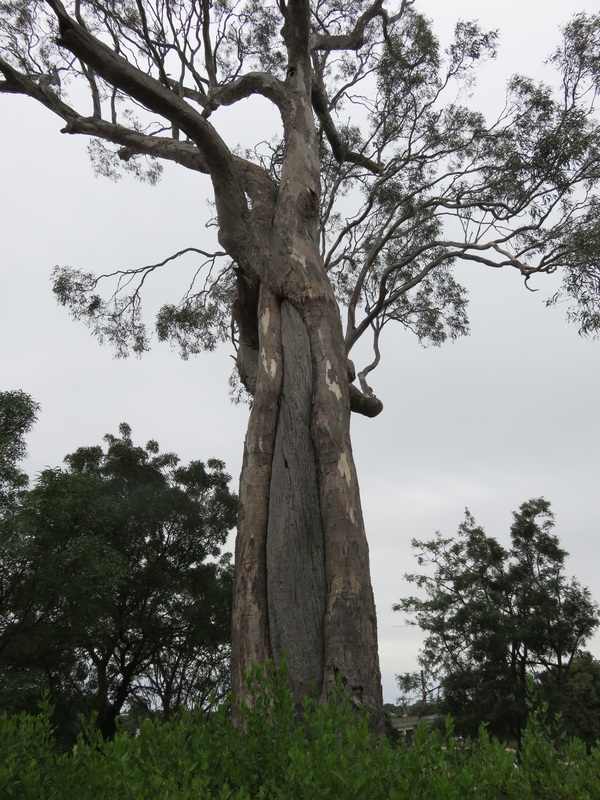
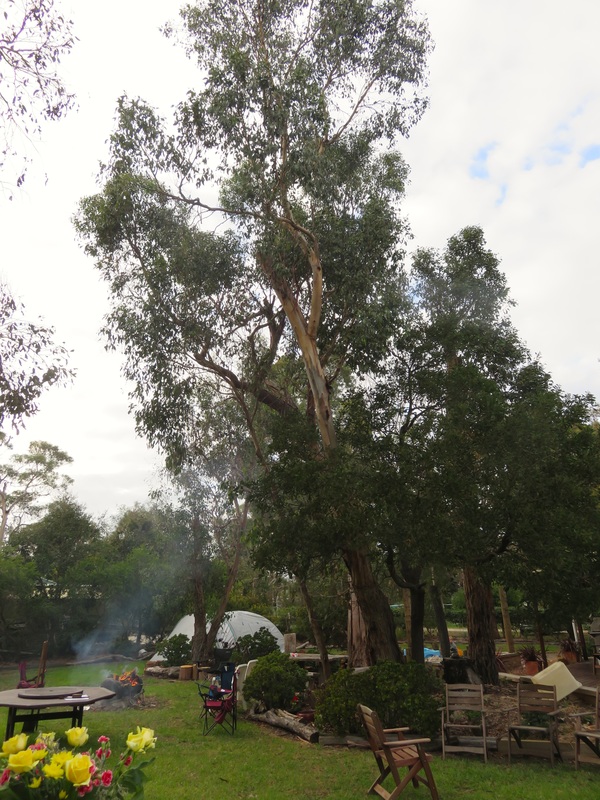
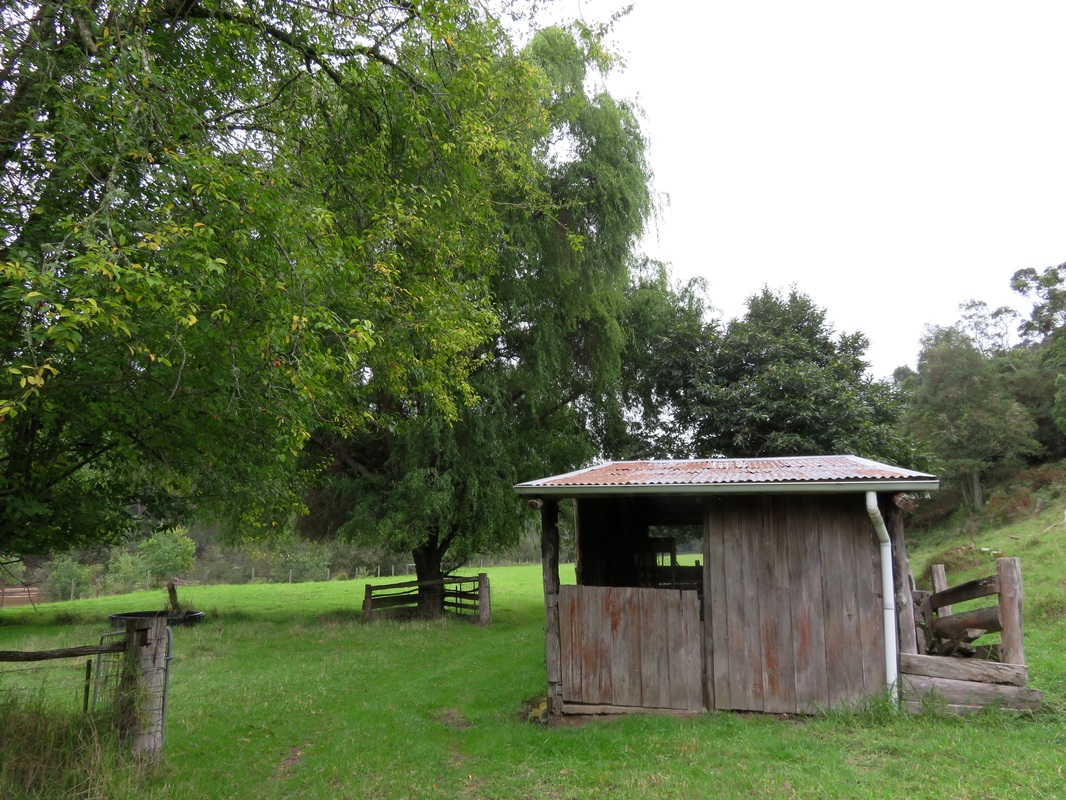
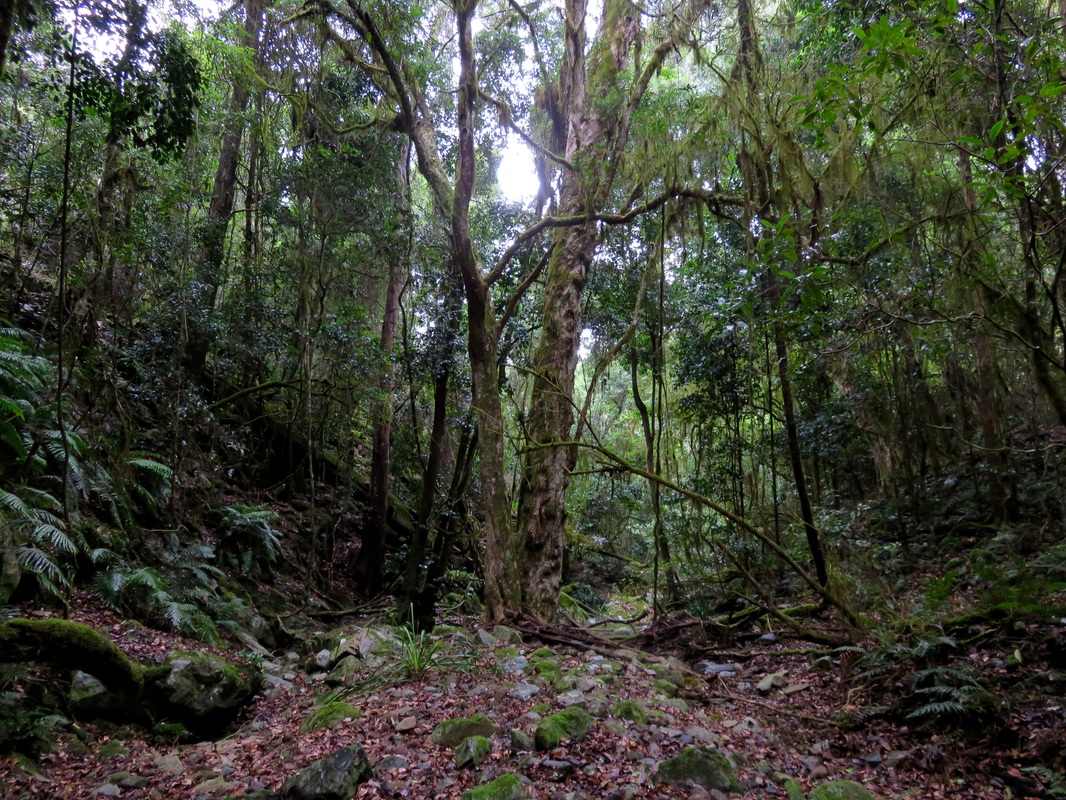
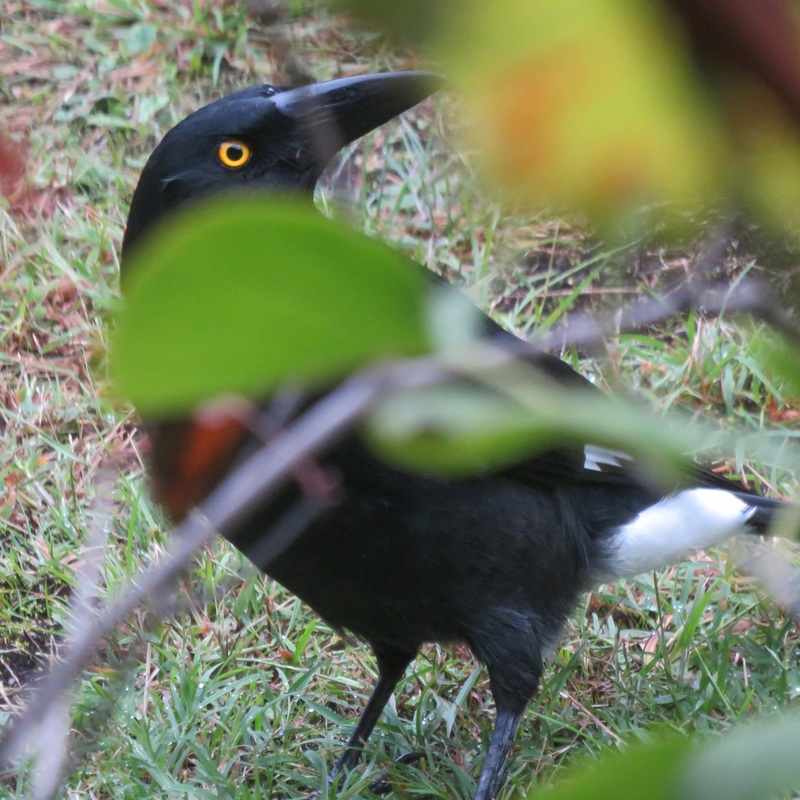
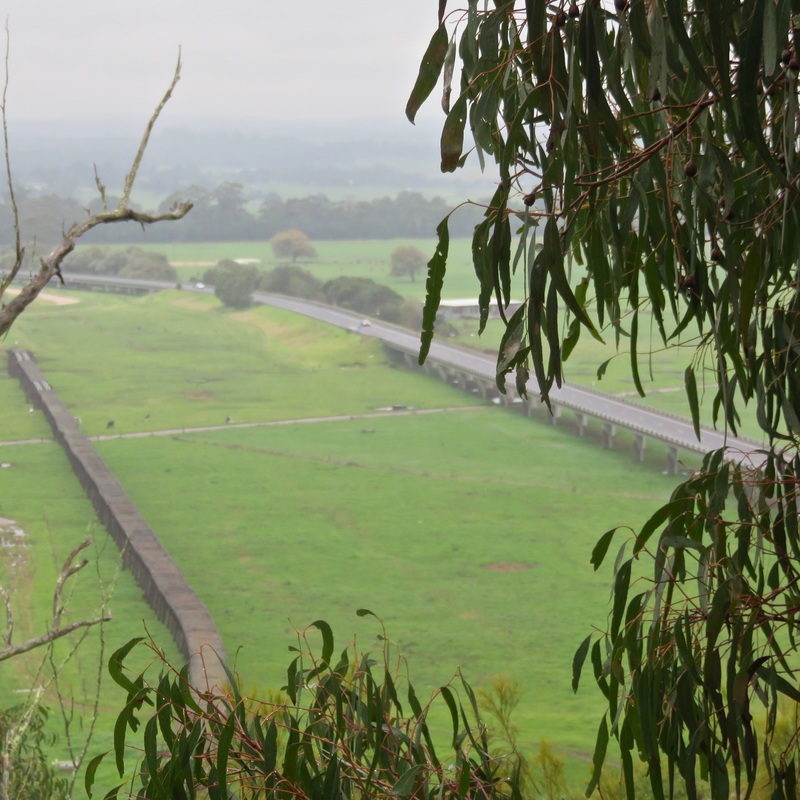
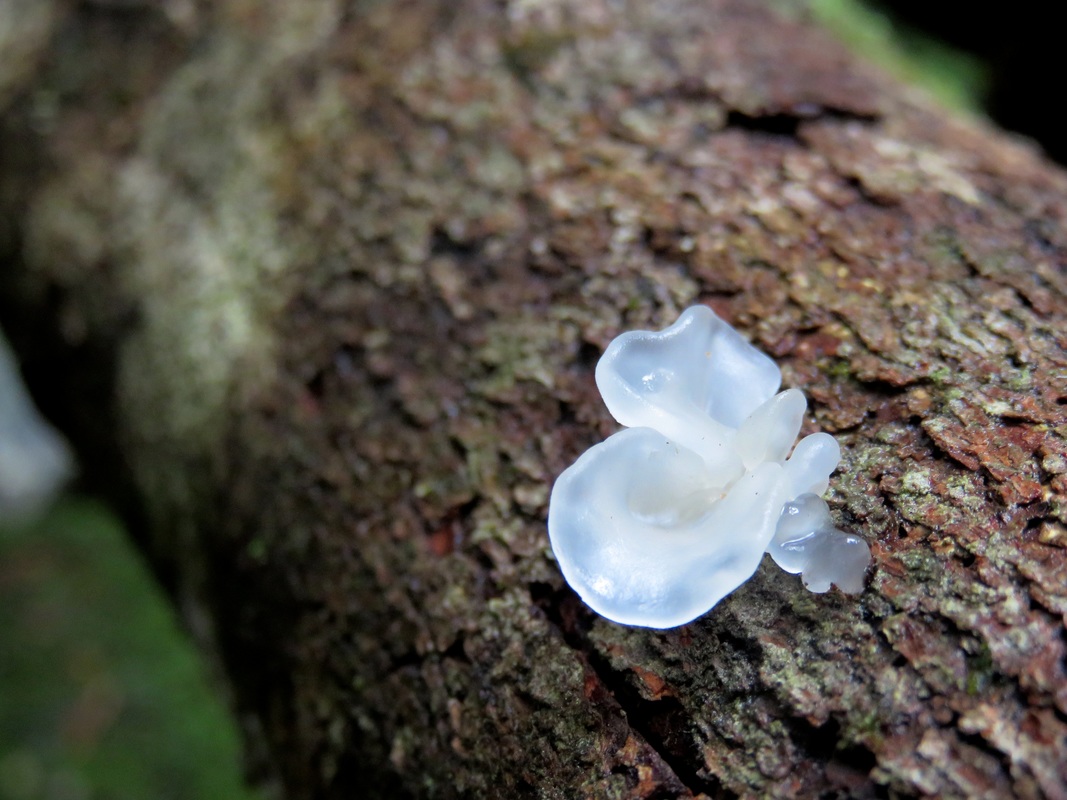
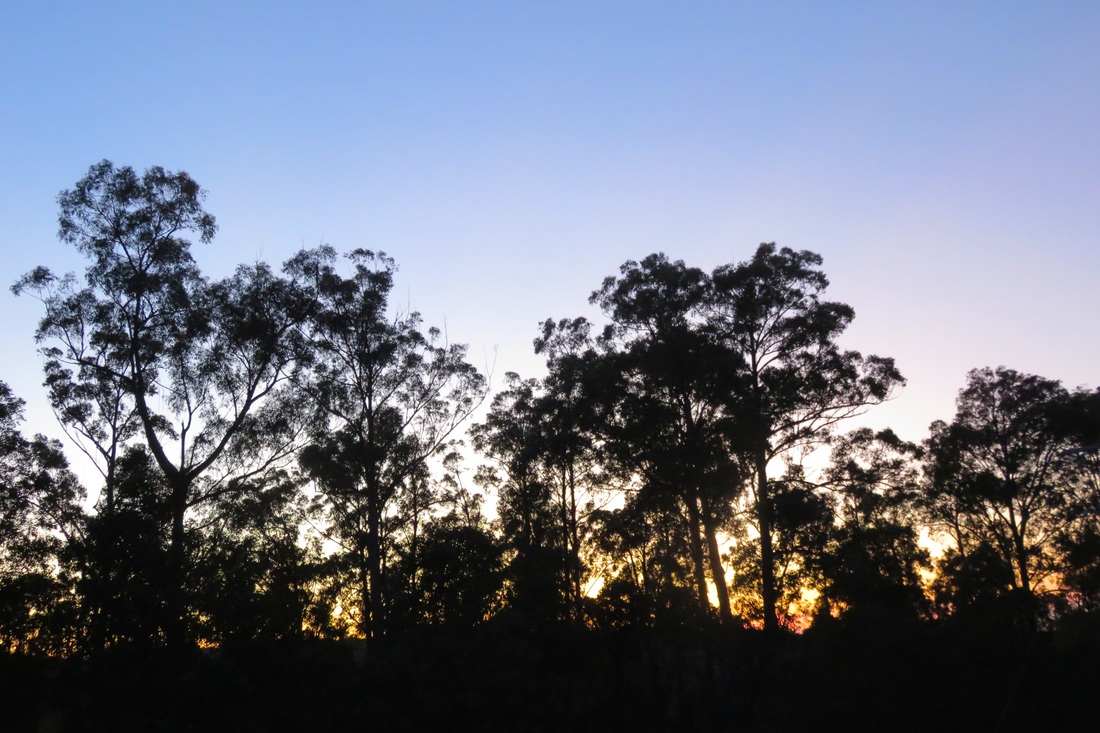
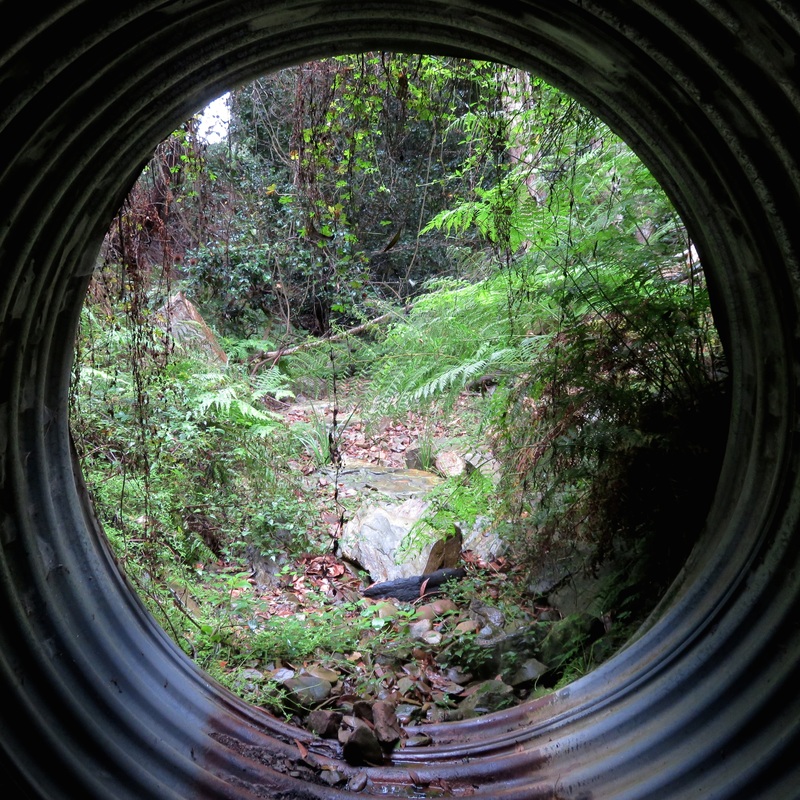
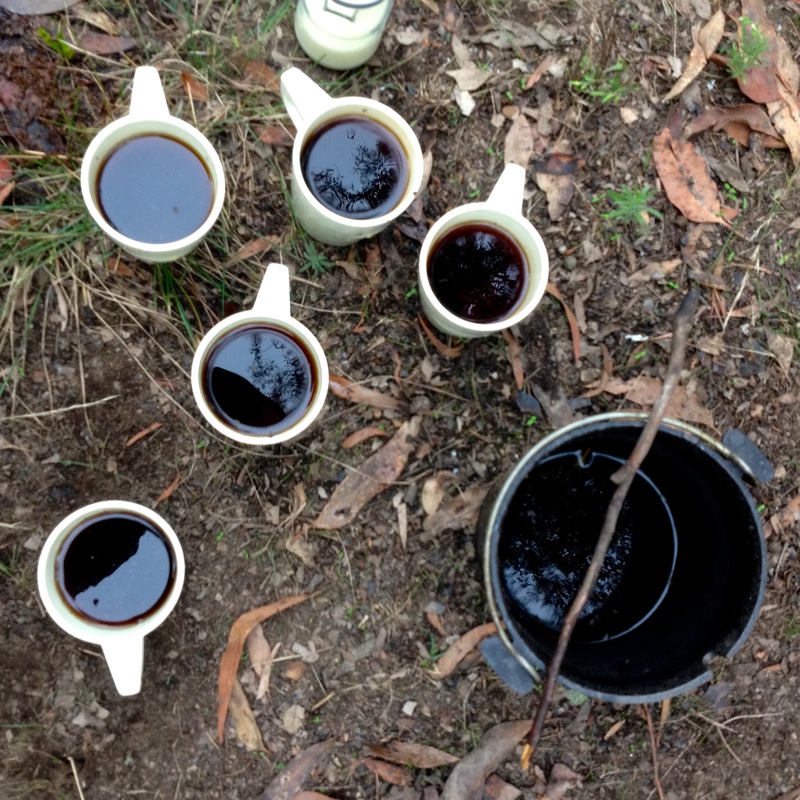
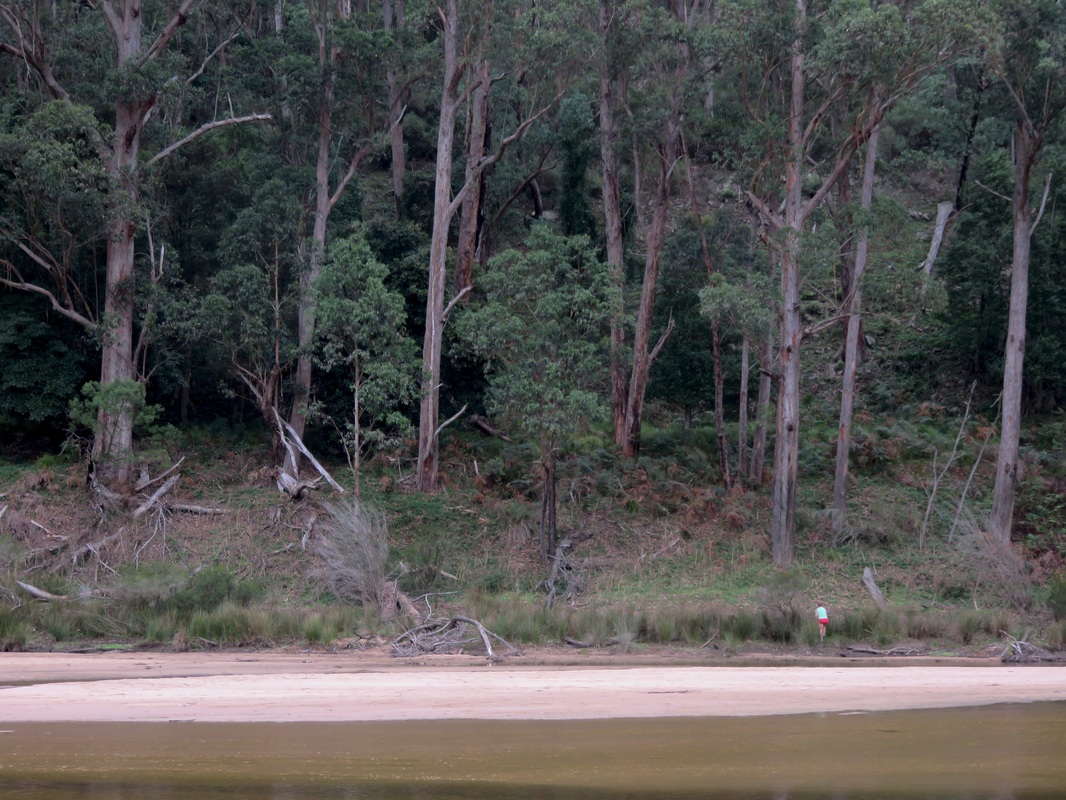
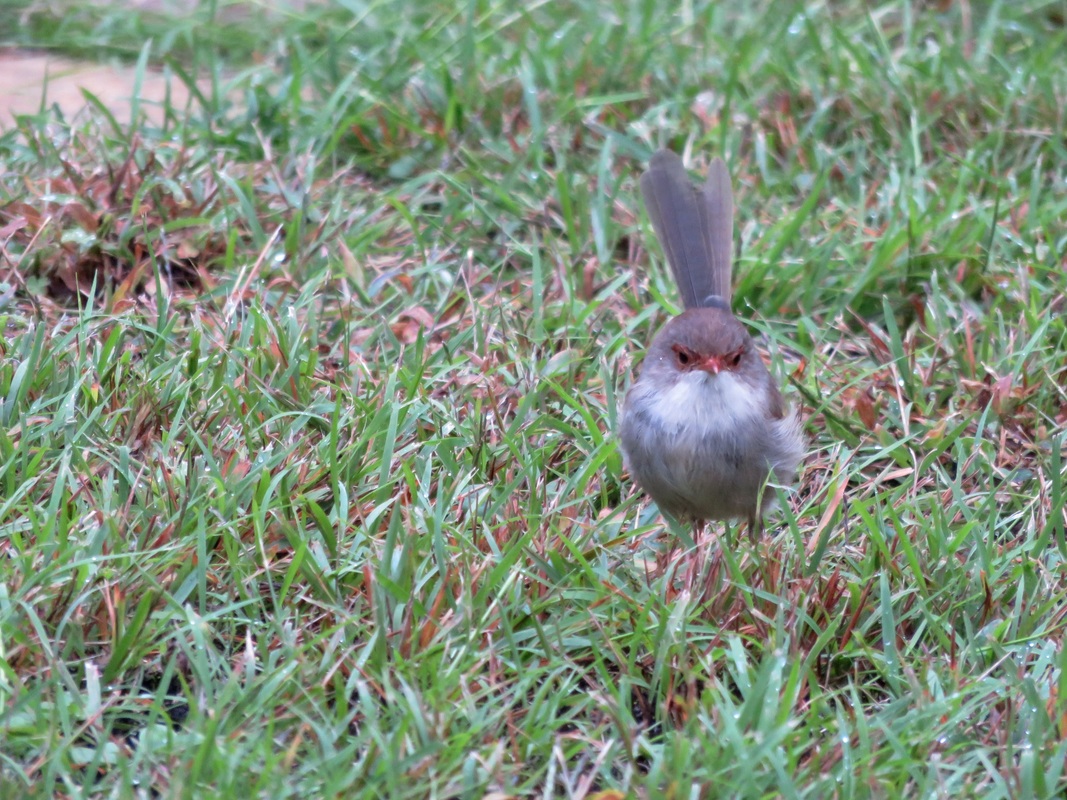
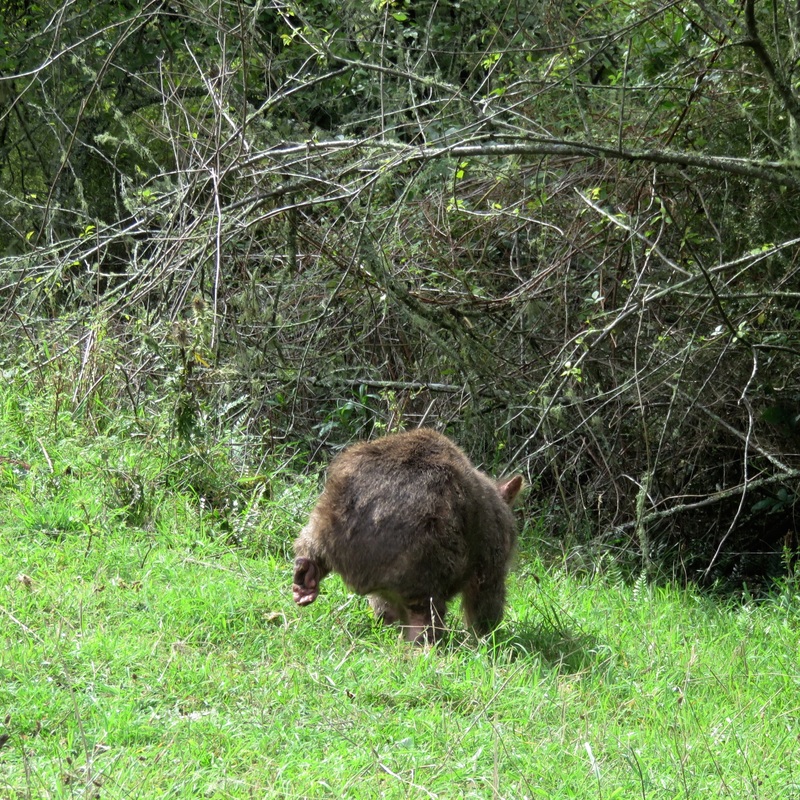
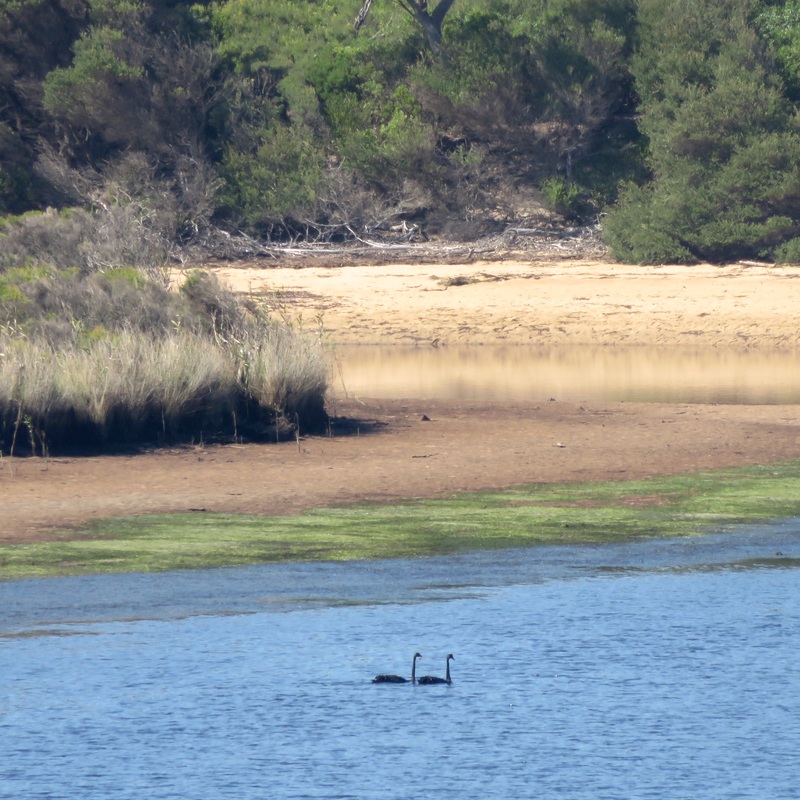
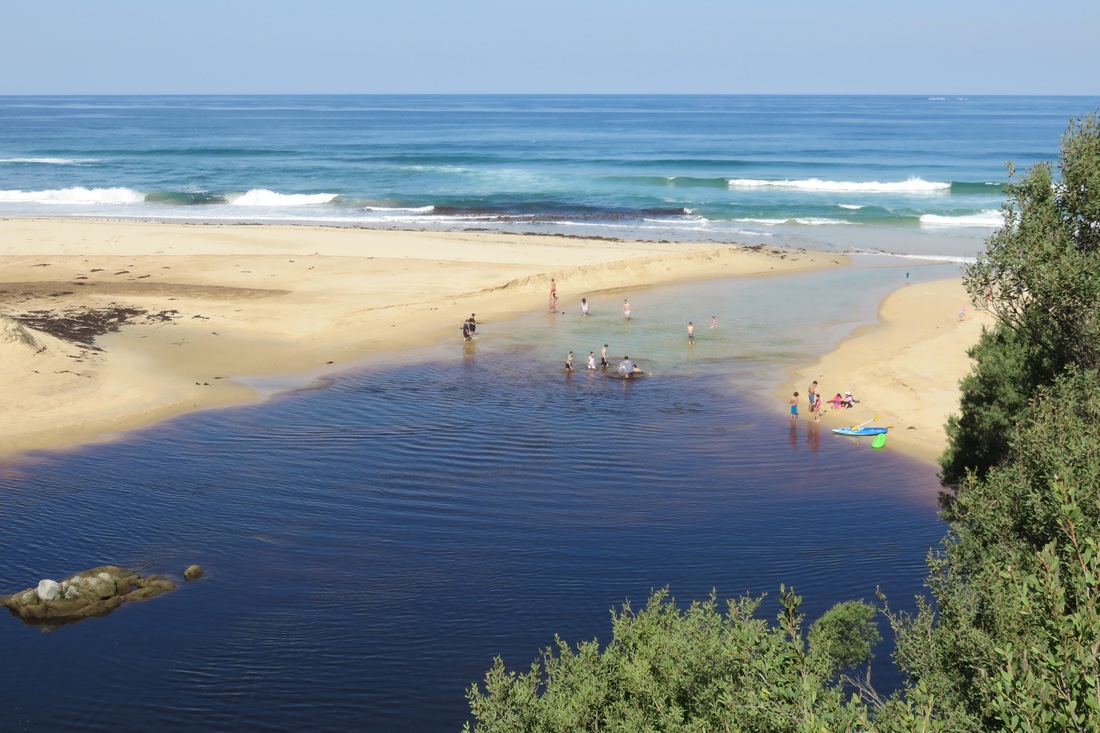
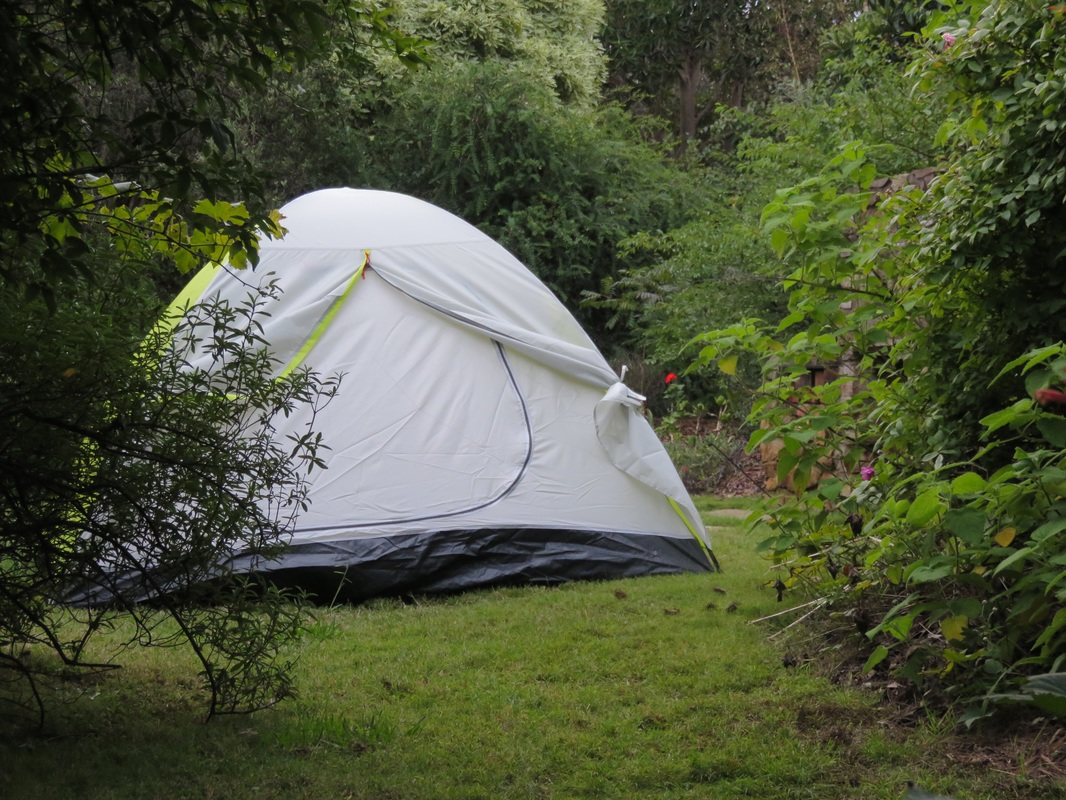
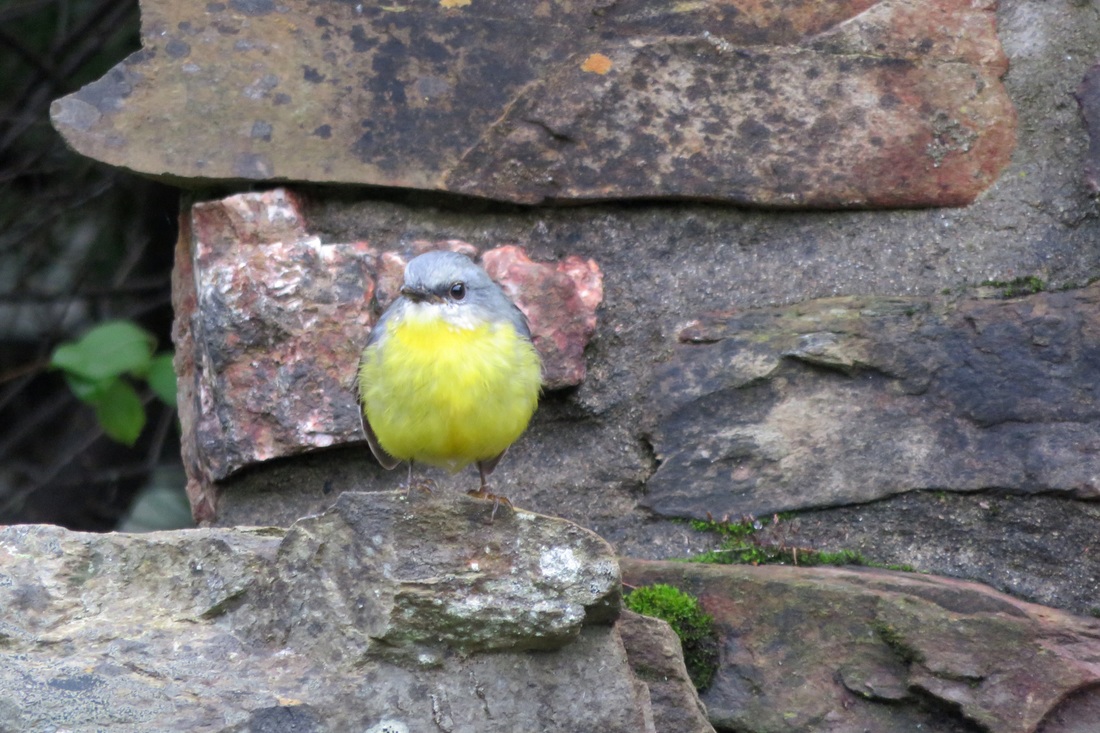
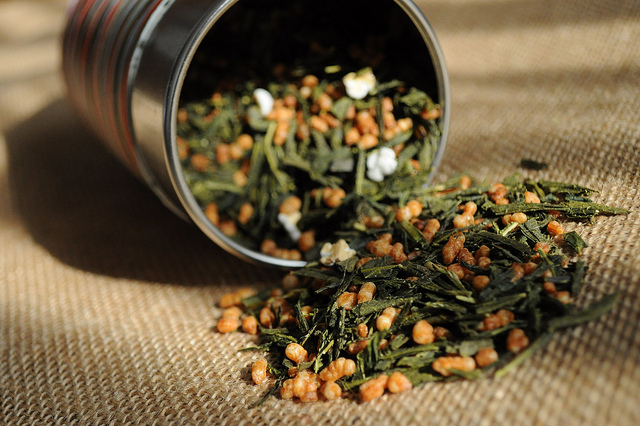
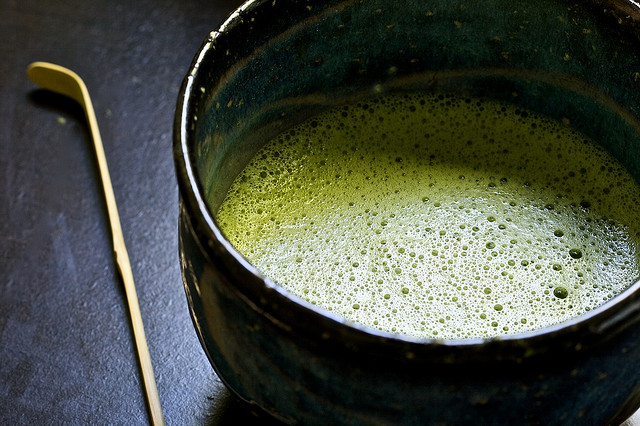
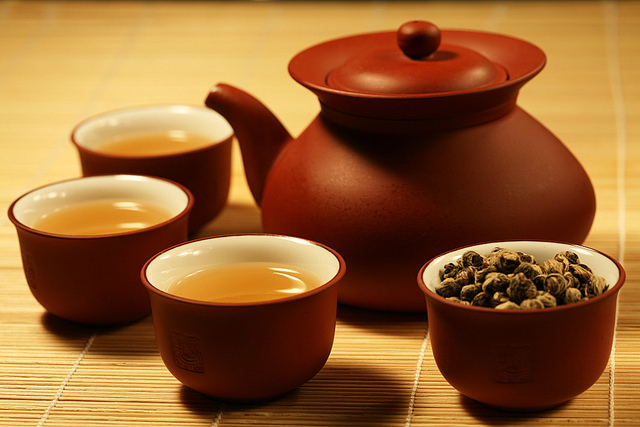
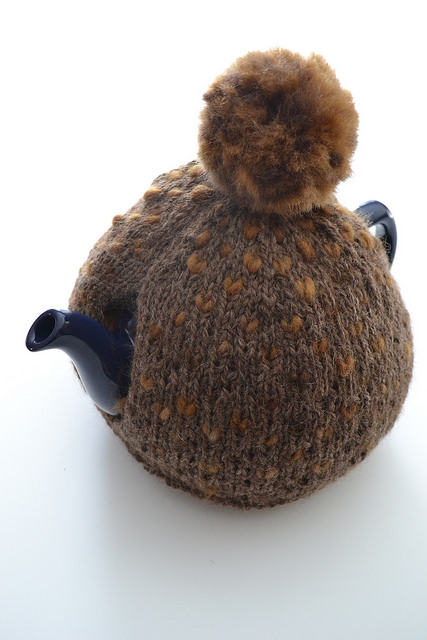
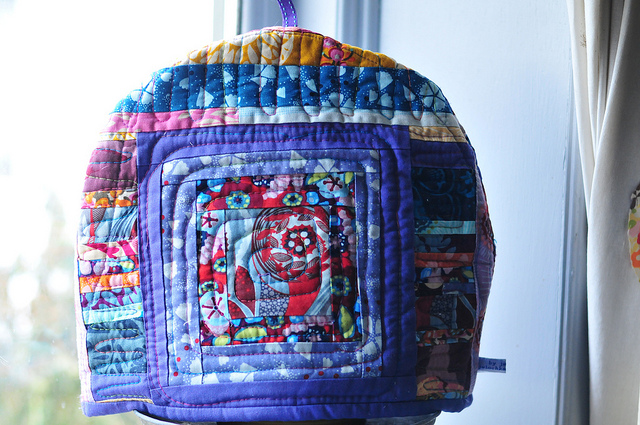
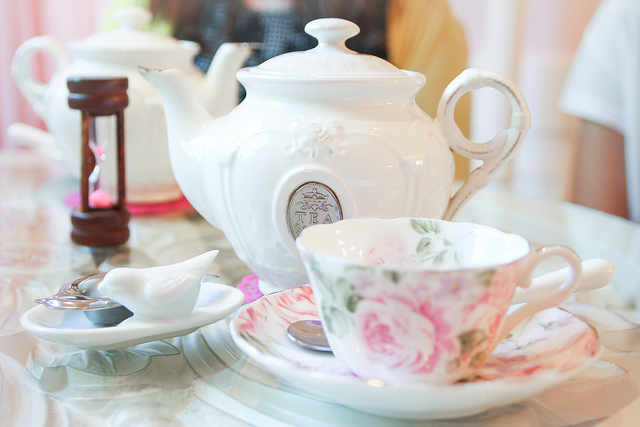
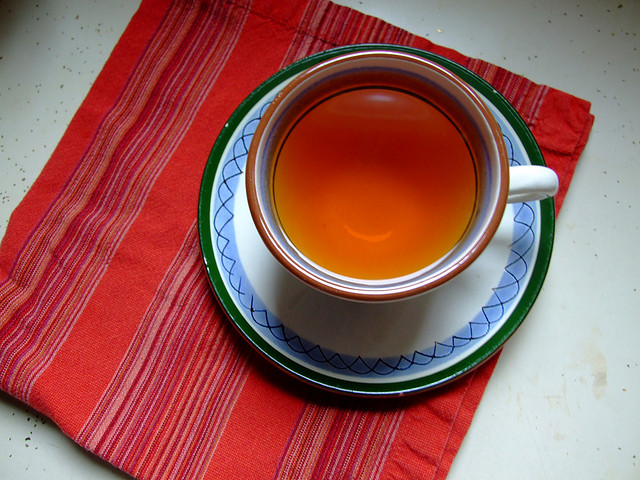
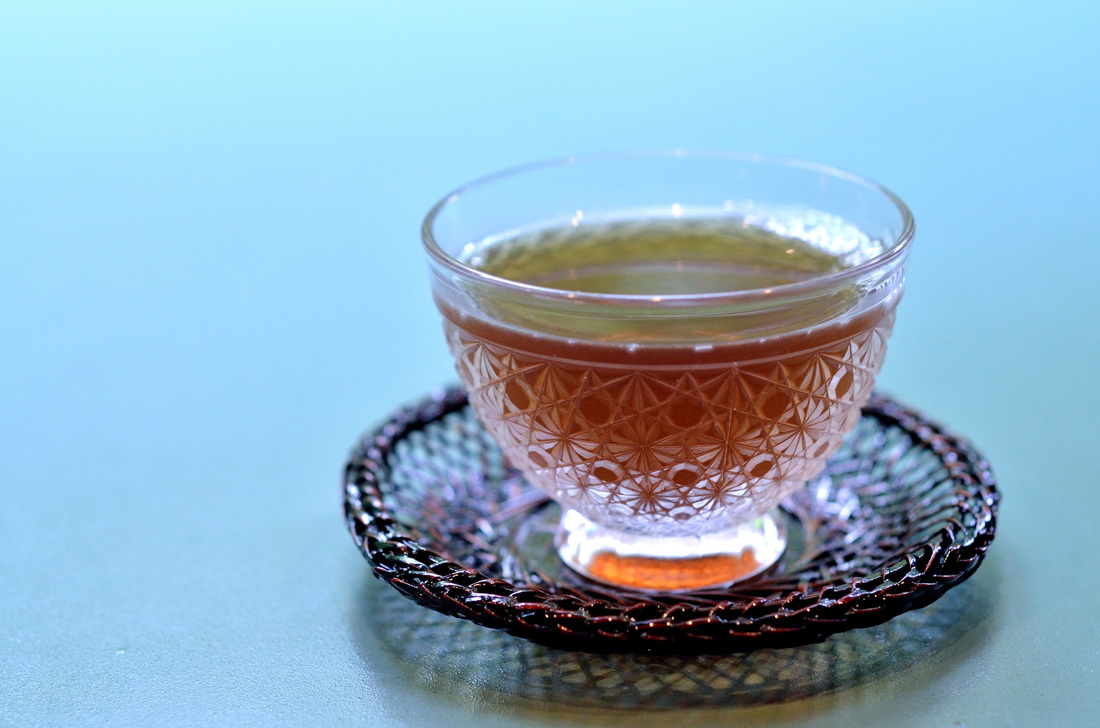
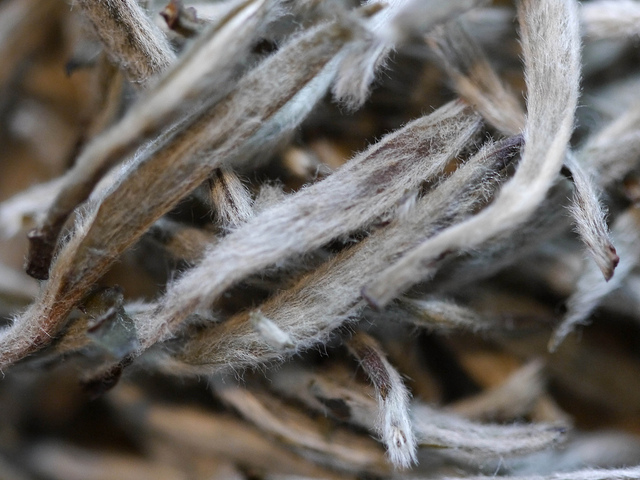
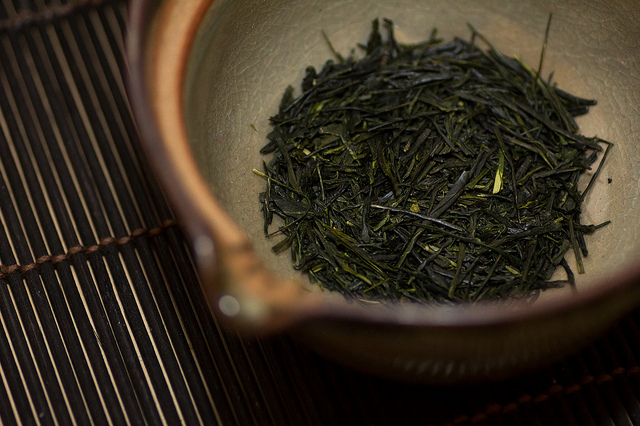
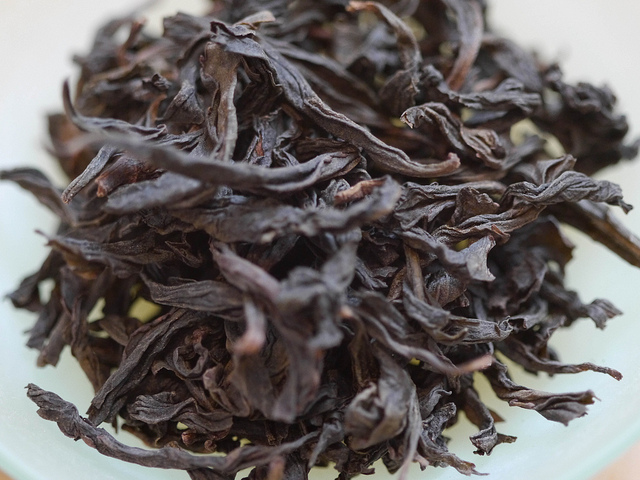
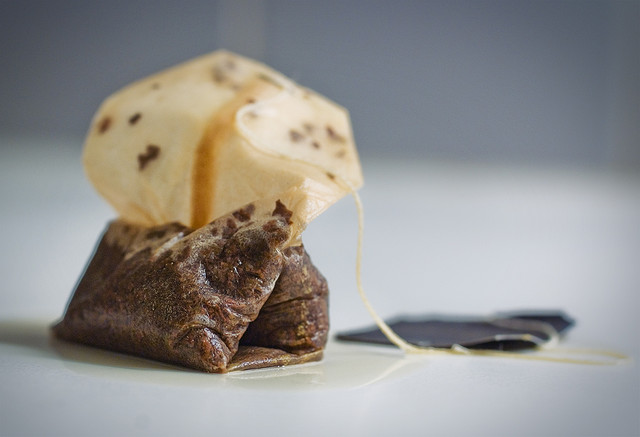
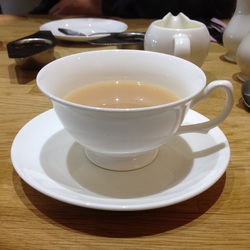
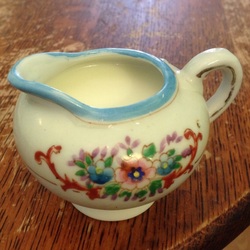
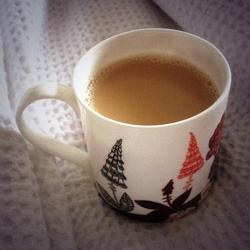
 RSS Feed
RSS Feed
